Zorah’s Zorik and Yeraz Gharibian have hailed from other industries (fashion for one) and only seen through seven vintages but their influence with their Armenia wine is great and growing.
My suspicions were aroused when I first arrived at The Oval, where Liberty Wines hold their twice-annual tastings, and was handed the tasting booklet.

I am, of course, used to receiving hefty manuals at wine tastings but this one made Tolstoy’s Anna Karenina look like an Ian McEwan novella. Suspicions were confirmed: Liberty’s 2018 Annual Portfolio Tasting comprised no fewer than 707 wines; when you add on the beers, ciders and spirits, there were 730 drinks to taste at this event. That’s a lot of liquid. A record, methinks, for a single company’s tasting?
Either way, tough decisions had to be made. No French wines, a pity, and ruthless perhaps, but this cut out 156 at a stroke. Not much New World because, well, it just wasn’t that sort of day and, sadly, no Germany or Austria or Spain or indeed, England.
So what was I left with? Well, with Liberty being Liberty, quite a lot and very decent much of it was too.
I started with what has probably remained Liberty’s strongest hand, Italy
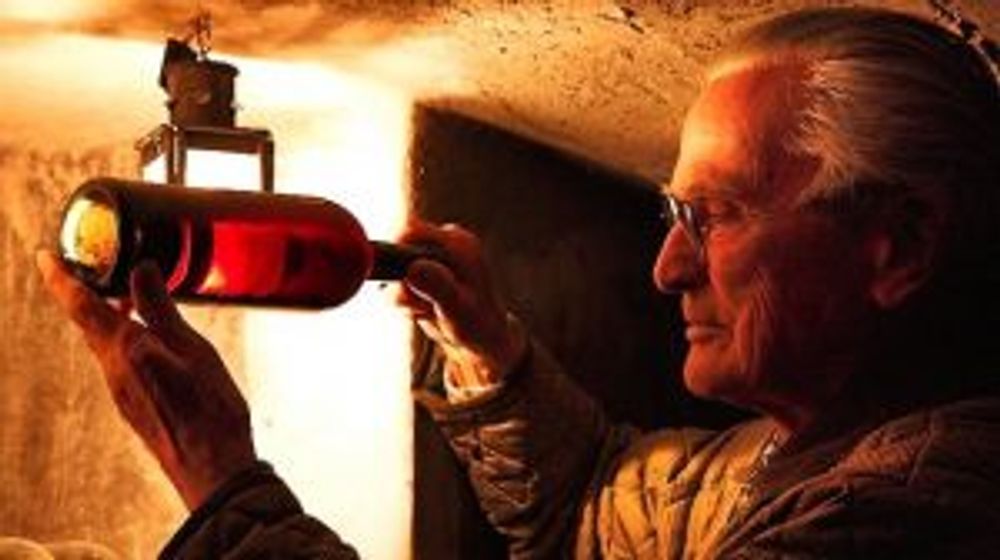
Franco Biondi-Santi checking the last bottle of the 1888
The recent addition of pioneering Brunello producer Biondi Santi has rightly received a lot of publicity. The two wines here, the Brunello di Montalcino 2012 and the BDM Reserve 2011, were very much what you would expect – pricey –but almost certainly worth it for those who can afford it, though for me the richness and finesse of the 2012 are such that I would be loathe to pay almost three times the price for the 2011 Riserva, delicious though it is (trade price £94.50 and £275).
But the best thing about Liberty’s Italian range is, well, the sheer range of it with over 180 wines at this tasting.
Tuscany, Veneto and Piedmont are all well represented, the latter spectacularly by Bruno Rocca (his 2014 Barbaresco was a standout, £58.70) and by Poderi Aldo Conterno‘s 2013 Barolos, especially the clay-soil Cicala, rich and smooth with wonderfully supple tannins supporting the fruit, and the mainly sandy-soil Colonello (both £86.09).
Alto Adige was well represented by Franz Haas, notably his delicious white blend Manna Schweitzer, and Franciacorta by Bellavista. Especially interesting were the latter’s two non-sparkling Chardonnays, the Curtefranca Bianca Convento Vigna SS Annunciata 2012 (one year in oak, two in bottle before release, made from fruit grown on the edge of the region) and the slightly less impressive Vigna Uccellanda, made in the same way with fruit taken from the heart of Franciacorta (£26.63 and £28.09).
Other Italian standouts were Friuli producer Livio Felluga, notably his Friulano 2016 made 100% from the eponymous grape, wonderful fruit and freshness, and his high end Terre Alte 2015, a deliciously rounded, almost slightly heavy blend of Friulano, Pinot Bianco and Sauvignon Blanc, all vinified separately before being blended.
And for those who like their sparkling to be out of the mainstream, I recommend the two Villa Cialdini wines, a deliciously fresh and fruity 2016 Pignoletto (£9.71) and the light and fresh, but slightly brooding Lambrusco Grasparossa de Castelvetro (£10.47), further evidence that this once maligned wine is making a comeback.
To Portugal, Croatia, Hungary, Canada and beyond
Liberty’s Portugal offerings have been dominated by Sogrape since last January and the two standouts for me here were Quinta dos Carvalhais from Dao, most notably their fruit-forward Encruzado (£15.04), one of the varieties that has the potential to be the country’s signature white variety, and the Douro’s Casa Ferreirinha, famous for Portugal’s iconic Barca Velha.
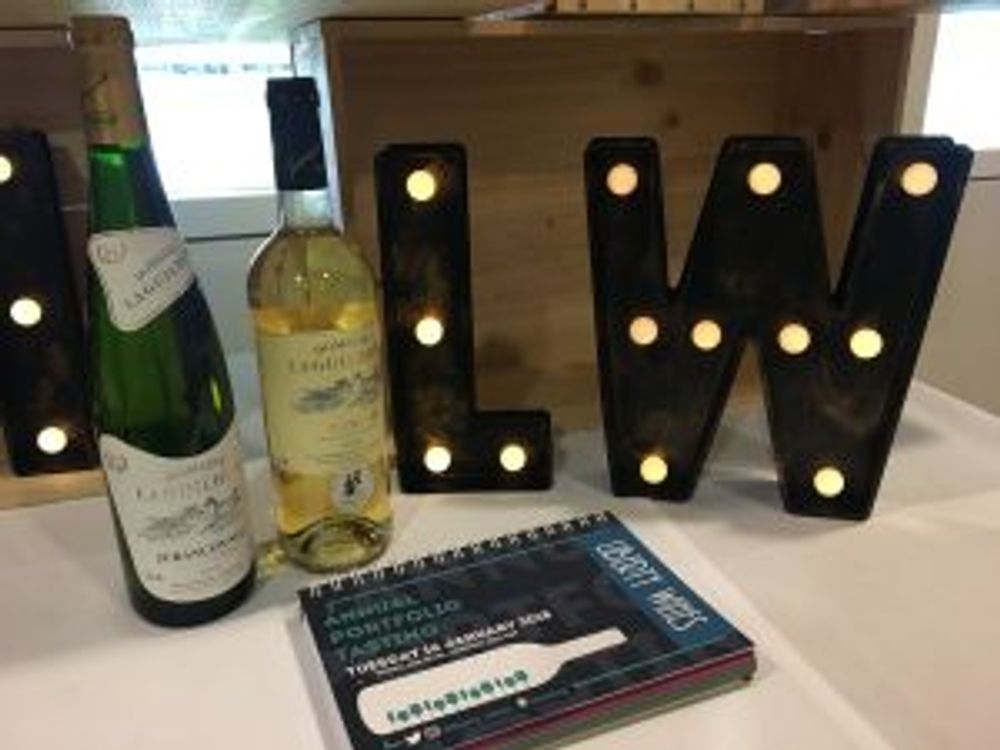
Sadly, none of this was on offer (the last vintage released was 2008, unveiled in 2016) but the Reserva Especial 2009 (a wine produced in those years that the fruit is deemed to be of insufficient quality for Barca Velha) was a pretty good substitute, with lots of dark berry fruit and great complexity, also at £93.50 a bottle, a fraction of Barca Velha’s price.
Liberty has only dipped a cautious toe into the emerging regions sector but the few agencies it has taken on are pure quality. From central Europe, Slovenia’s Gasper had some good whites at the entry level (notably a smooth and spritzy 2016 Malvazija available from March), whilst the wines from Croatia’s pioneering Matosevic was outstanding, notably his full-on but soft and fruity Grimalda red (80% Merlot, 20% Teran) and his aged Malvazija, Alba Antiqua 2014.
“We age this wine in acacia barrels using only the very best fruit and the result is a wine that is really long. 2014 was a really tough vintage for Croatia and for Istria in particular but this will really stand the test of time and age beautifully,” says Ivica Matosevic.
Liberty had only two Hungarian wines on show, both from Dobogo and one a delicious 2008 6-Puttonyos Tokaji Aszu, but the dry Furmint 2015, made in Tokaji’s volcanic soil was a fantastic example of his variety. Just 20,000 bottles made, tasting bigger than its 12.5% alcohol, and very good value at £14.34.
Canada was represented by only one wine but a good one, Bachelder’s Niagara Chardonnay 2015, fresh but also amazingly full, with lots of unexpected savoury tropical notes and just £23.30, good value for such a small quantity wine (just 1000 cases made). I thought it rather more interesting than Bachelder’s somehow more conventional Oregon Chardonnay from 2014, suggesting Canada is really proving successful for US producers who turn their attention northwards.
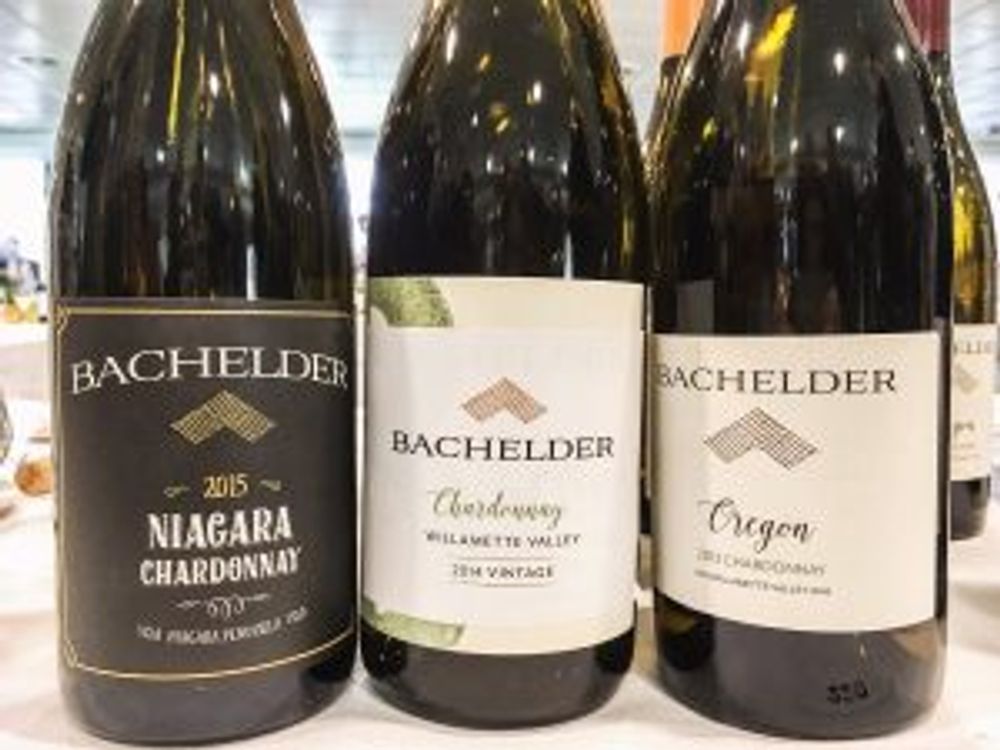
However the star attraction of this tasting was, for me, quite unexpected – Armenian wine
I have come across Armenian wines before, and elsewhere I have often seen wineries started and run as labours of love, but the Zorah project, started by Zorik and Yeraz Gharibian, is truly in a class of its own.
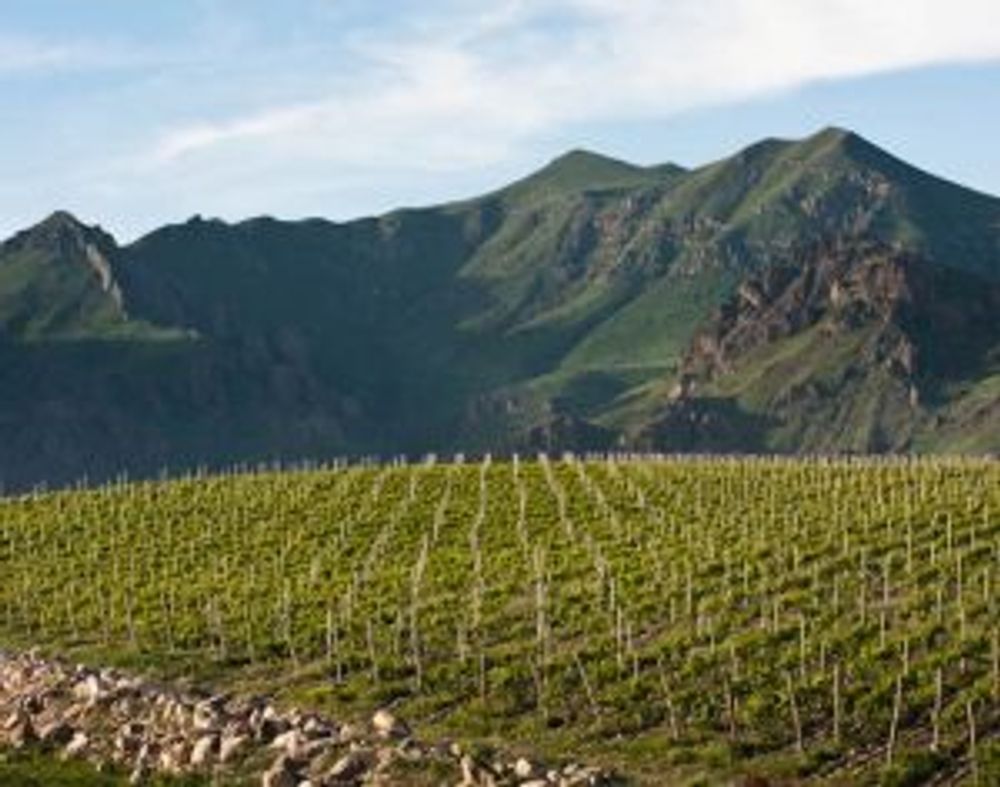
Part of Armenia’s vast and far flung diaspora, the couple were unfamiliar with their ancestral homeland before starting Zorah in 1999 (the first vintage was 2010), they were also newcomers to wine (Zorik hails from the fashion business in Italy).
However, both were aware of the Armenian reputation of having a wine tradition stretching back 6,000 years – along with Georgia (and Iran, ‘natch) it lays claim to being the birthplace of wine – but one that was allowed to collapse into mediocrity during the Soviet era.
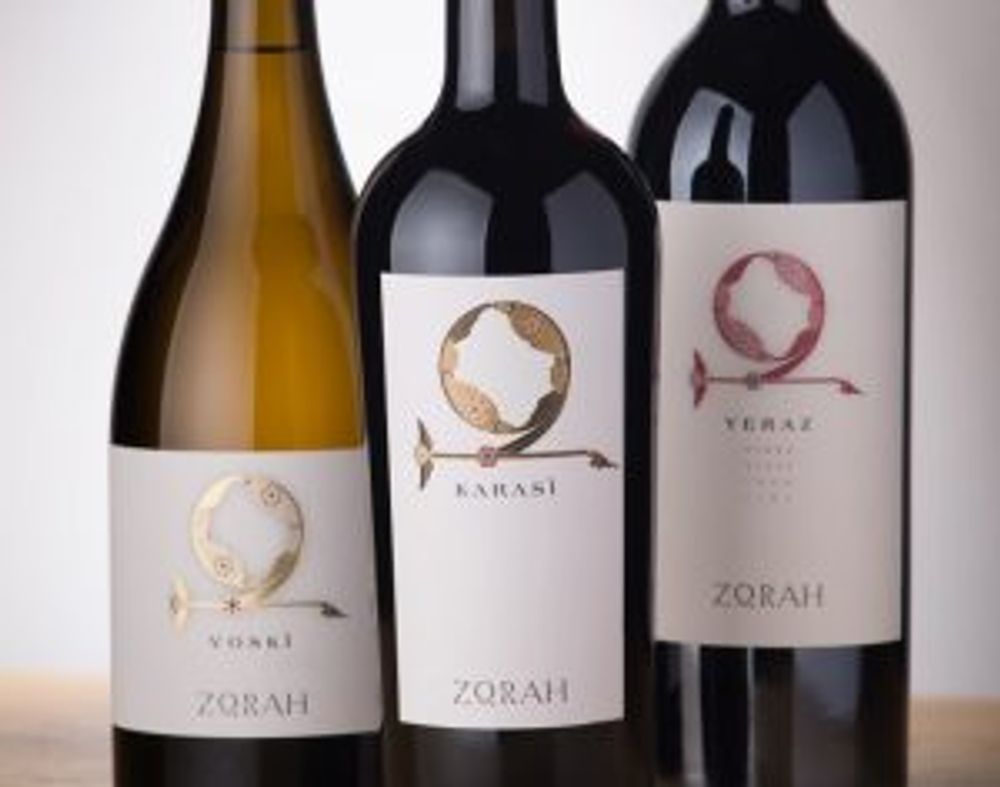
Zorah: a standard bearer for Armenian wine
Zorah, located in the Armenian highlands in the shadow of Mt Ararat (over the Turkish border) currently produces three wines: Voski, a spritzy but quite complex, layered white made from local varieties Voskeat and Garandmak spends one year in unlined concrete tanks before being bottled; Karasi, a medium bodied red made from key local variety Areni Noir, is aged in Karas (amphorae) sunk in soil; whilst the high end Yeraz is made the same way but produced from bush vine fruit growing at 1600 metres. Volumes are small – just 40,000 for all three wines, with the last yielding just 3000 bottles – but the couple are proud to retain the focus on quality.

Zorik Gharibian
“Our aim is to bring Armenia and its proud wine culture back into international awareness by emphasising the unique local terroir and grapes. This is one of the oldest wine cultures in the world and we want to remain true to that,” says Yeraz.
It seems somehow appropriate that her name – and also Zorah’s delicious, rare Areni Noir wine – translates as Dream. This is a couple who had a dream and made it real. All praise to Liberty for letting us share it by including Zorah on their ever growing wine list. The move confirms that some 20 years after Liberty was founded, dynamism and ambition are still not lacking here, not by any means.









































